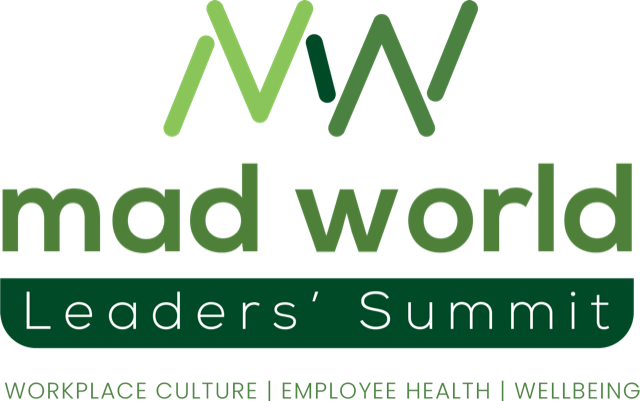Rising healthcare costs are forcing employers to make trade-offs between supporting employee wellbeing and funding other business priorities.
This is confirmed by new research from Simplyhealth, surveying 500 HR decision-makers and employees, which reveals that one in seven employers are feeling this squeeze. Meanwhile, 39% say the National Insurance hike is affecting their spend, and 44% say overall rising costs are eating into budgets.
There are many drivers behind this pressure—NHS waitlists, medical inflation, the growing complexity of health conditions—but this article isn’t about why costs are rising. It’s about what employers can actually do about it.
First Move: Streamline
The first priority, says Simplyhealth’s Product Director Tina Kennedy, is simple but often overlooked:
“Ensure that the health support you’re putting in place is actually being used by employees.”
Sounds obvious, but there’s a major disconnect. While 67% of employers think their benefits positively impact wellbeing, only 31% of employees agree, according to Unum UK.
This suggests that employers are making assumptions on what is landing well.
So, how should employers fix this disconnect?
Ask employees what they need and would value, and use data better.
Again, sounds obvious but many of the most effective solutions are and, despite the simplicity, many employers are struggling with this, says Karl Bennett, Wellbeing Adviser of Perkbox Vivup and Chair of EAPA and EAPA UK Chair:
“I don’t think organisations know what they’re trying to fix. I don’t think they’re using wellbeing data correctly.”
Paralysed by supplier choice
With so many offerings out there, some employers have told us they feel paralysed by choice, and under pressure to provide everything for everyone. The industry is also adept at creating ‘buzz’ around certain initiatives making them feel like ‘must haves’.
Robina McCann, VP Health at AngloAmerican, is not directly in charge of her employer’s rewards and benefits strategy, but works closely with the benefits team to ensure the services provided meet people and business needs. She sympathises with Health professionals feeling overwhelmed with supplier choice, but brings the focus back to budget and business case:
“If you’ve got a capped budget – which most of us do at some level – you have to prioritise the needs of your population. You have to tie benefits back to what is actually going to move the dial in the health of the workplace.”
This means, she says, being really “thoughtful” about, and “understanding of”, the data and actual needs of your workforce.
What is best for your people?
Bennett is more blunt:
“Employers need to stop taking this scattergun approach.”
McCann suggest critically asking questions like:
There’s a thousand things we could do but, if the money’s tight, what is best for the people?
For the business?
“Take a global, combined view,” she says. “Otherwise you risk losing focus and actually causing more inadvertent harm by wasting time and effort on something that hasn’t got as much impact on the majority as something else”.
Major Move 2: double down on prevention
The second ‘major move’ that employers should take is to double down on preventative healthcare initiatives because, by doing this effectively, you’ll reduce the number of cases that reach crisis point needing expensive, longer term medical treatment. You’ll also reduce expensive absenteeism and sick leave.
“Managing medical costs can be difficult without negatively impacting the coverage available to individuals,” says Rachel Western, Health and Risk Principal at Aon.
“This means that employers, to avoid cuts in cover, must switch focus in their cost saving strategies to focus on prevention as opposed to treatment, creating a more positive impact on future risk.”
Opportunity to prove impact
A preventative focus plays perfectly into the business case for Health and Wellbeing and is an opportunity for professionals to prove the impact the function can have on the bottom line. Something it has struggled to do effectively in the past.
Aon’s research shows prevention-focused strategies are a top cost mitigation tool, especially across its APAC clients. AXA Health, too, reports that 38% of its clients are already adding prevention to their private medical insurance (PMI) packages for this very reason.
But making the business case requires more than gut instinct, lived experience or storytelling —it requires data fluency.
Data fluency gap
And here lies the gap. Simplyhealth’s research shows that over a quarter (26%) of employers can’t prove ROI on their benefits spend. This is a problem which is Health and Wellbeing professionals’ responsibility to solve.
Western urges professionals to use data better to “minimise future risk” and to “understand the risk” and “understand data led strategies”:
“Utilising data analytics enables informed decisions to be made about where to maximise efficiency from any budget available to drive down these risk exposures. It’s also important that spend is looked at in an integrated way as spending small in some areas can save big in others, but understanding where to spend and where to maximise savings is all driven through the data.”
Making the wellbeing case with numbers not words
Whether Wellbeing Leaders like it or not, whether they consider themselves ‘words’ people or ‘numbers’ people, data is here to stay. And it’s only getting more sophisticated, and complex, especially with the growing capabilities of AI, which leaders at the forefront of data analytics are already leveraging.
As many leaders we’ve interviewed have said, the ability to fight the Wellbeing case ‘in the language of excel’ that leaders speak, is an essential skill that professionals in this industry often lack. But the key to managing costs, and raising the business profile of the Wellbeing function, comes down to data.
As AI and predictive analytics become more mainstream, the bar for understanding and acting on data will only rise. Those ahead of the curve will protect their people and their budgets. Those who don’t will fall behind.
You might also like:











